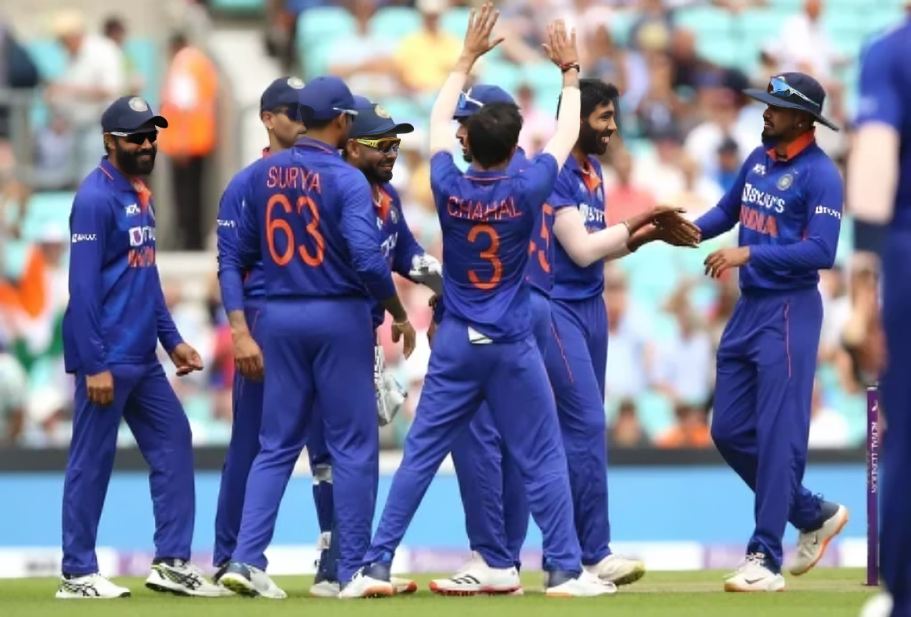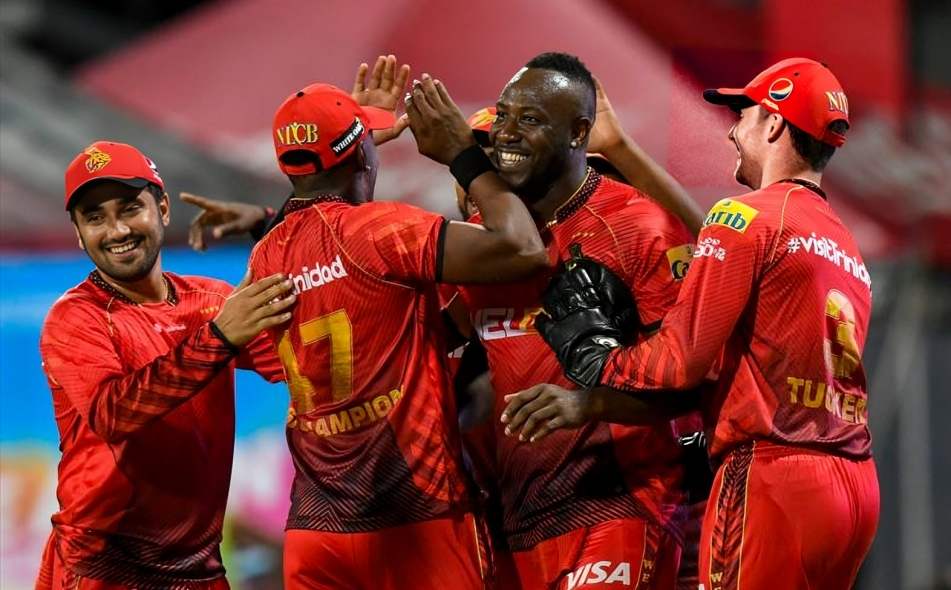Cricket holds an unparalleled place in India, often seen as more than just a sport—it’s almost a national passion. With its intricate rules and rich history, cricket fascinates fans of all ages, yet it can be challenging for newcomers to grasp the game fully. From the types of dismissals to complex terms like “LBW,” cricket’s rules can overwhelm those unfamiliar with its language. Even dedicated followers sometimes encounter new terminology, such as “reserve player,” which has recently sparked curiosity.
The term became a topic of interest after India announced its 15-member squad for the 2024 T20 World Cup, along with four additional players—Shubman Gill, Rinku Singh, Khaleel Ahmed, and Avesh Khan—listed as traveling reserves. These players serve a unique role, traveling with the team but only stepping in if a core team member is injured or otherwise unavailable, ensuring the team maintains depth and readiness throughout the tournament.
Table of Contents
Reserve player meaning in cricket

In cricket, a reserve player serves as a backup, stepping in for any member of the main squad who may be injured or out of form. Although their primary role is as substitutes, reserve players contribute to the team in multiple ways, including serving as net bowlers during practice sessions. Typically, teams carry reserve players beyond the active squad of 11, offering flexibility, especially in long tournaments like the T20 World Cup.
India’s T20 World Cup 2024 squad includes four “traveling reserves” (Shubman Gill, Rinku Singh, Khaleel Ahmed, and Avesh Khan), who may be activated if needed. The role of these traveling reserves extends beyond traditional reserve players—they stand by to officially join the squad should an ICC committee approve any substitutions due to injury or tactical need. Examples of such reserves filling in include Axar Patel and Deepak Chahar in the 2022 Asia Cup, as well as Rishabh Pant during the 2019 ODI World Cup.













